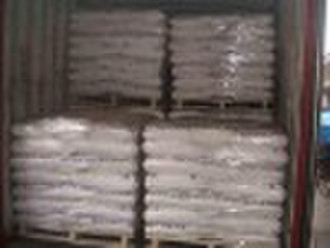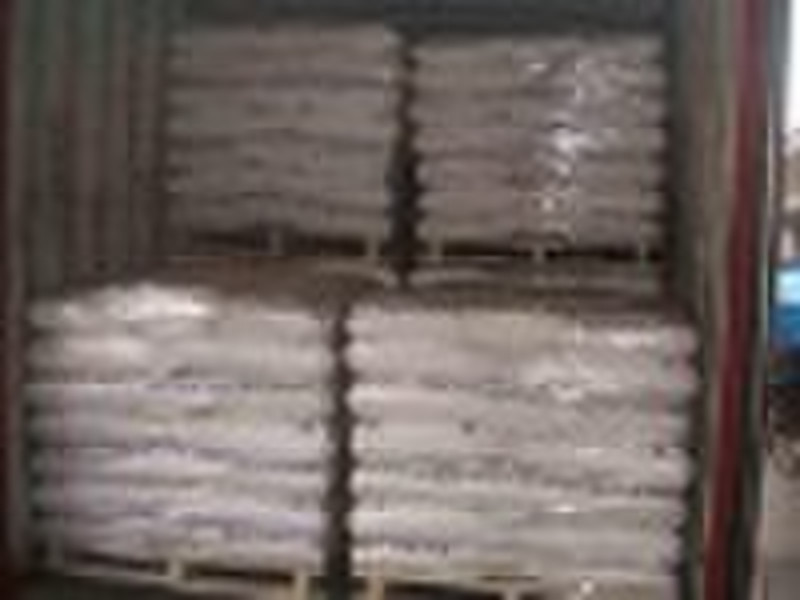Каталог
-
Каталог
- Автомобили и мотоциклы
- Безопасность и защита
- Бизнес
- Бытовая техника
- Бытовая электроника
- Детали машин и услуги по их изготовлению
- Дом и Сад
- Здоровье и медицина
- Игрушки и хобби
- Изделия из металла
- Измерительные и анализирующие приборы и инструменты
- Инструмент
- Красота и личная гигиена
- Мебель
- Мероприятия по охране окружающей среды
- Минералы и металлургия
- Модные аксессуары
- Обувь и аксессуары
- Одежда
- Освещение
- Подарки, сувениры
- Продовольственные товары и напитки
- Промышленное оборудование и техника
- Резина и пластмассы
- Сельское хозяйство
- Специальное оборудование
- Спорт, отдых и досуг
- Сток
- Строительство и недвижимость
- Текстиль и кожа
- Телекоммуникации
- Товары для офиса, учебы. Канцтовары
- Транспорт
- Упаковка и печать
- Химикаты
- Часы, Украшения, Очки
- Чемоданы, сумки
- Электронные компоненты, оборудование, принадлежности
- Электротехническое оборудование и принадлежности
- Энергия
Filters
Search
перкарбонат натрия
ориг. цена: 450,00 USD
Уси, Китай
Объем производства:
30000 Тонна / Год

Shirley Yu
Контактное лицо
Основные данные
Sodium percarbonate is mainly used as a bleaching chemical in laundry detergents, laundry additives and machine dishwashing products. The pure product (100 %) is also available for consumers as a laundry additive. Sodium percarbonate may also be used in products for drain cleaning, multipurpose cleaning or for denture cleansing. The amount of sodium percarbonate, which is used in household cleaning products in Europe, was estimated to be 100,000 150,000 tonnes in 2001 but the amount is expected to increase the coming years. 2.Environment Sodium percarbonate rapidly dissolves in water and dissociates into sodium, carbonate and hydrogen peroxide. Acute ecotoxicity tests with fish and water fleas revealed LC50 values of 71 and 4.9 mg/l. The available data show that the observed aquatic toxicity of sodium percarbonate can be explained by the formation of hydrogen peroxide. Because sodium percarbonate dissociates into sodium, carbonate and hydrogen peroxide, the environmental risk assessment is based on the risk assessment of the individual components. After use of the household cleaning product, the spent washing liquor (containing the sodium percarbonate) will be disposed via the drain. Neither hydrogen peroxide nor carbonate will be discharged to aquatic ecosystems. Hydrogen peroxide will degraded in the biological waste water treatment plant, while carbonate will be neutralised by the biological waste water treatment plant to bicarbonate. Sodium has a low toxicity and the emitted amount of sodium is relatively low compared to background concentrations and therefore the emitted amount of sodium will not have an effect on the aquatic organisms of the receiving water. Based on the available data, the use of sodium percarbonate in household cleaning products has no adverse effect on the aquatic ecosystem. 3Human health Sodium percarbonate has a low acute toxicity via the oral and dermal route (LD50 > 1000 mg/kg bodyweight). The existing animal data on acute toxicity show that sodium percarbonate has a local effect. In animal tests a slight irritating effect on the skin was reported for solid sodium percarbonate and it was highly irritating to the rabbit eye (not rinsed). Sodium percarbonate did not have sensitising properties in a test with guinea pigs. When consumers are exposed to sodium percarbonate, neither hydrogen peroxide nor sodium carbonate will be systemically available due to their effective detoxification (degradation or neutralisation) in the body. Consequently it is to be expected that the concentration of hydrogen peroxide and sodium in the blood and the pH of the blood will not be increased. Therefore, neither sodium percarbonate itself nor hydrogen peroxide or carbonate will reach the organs or the foetus and there is no risk for systemic, developmental or reproductive toxicity. With regard to genotoxicity and carcinogenicity the properties of sodium percarbonate also resemble
Условия поставки и упаковка
Packaging Detail: 25kg bag or jumbo bag,palletized ,shrink wrapped ,per 20'container can load 20-23MT Delivery Detail: within 20 days after receive the L/C
Порт: SHANGHAI
Условия оплаты
Аккредитив
-
Способы оплаты
Для оплаты товаров и услуг на нашем портале, Вы всегда получаете счет, в котором Вам необходимо самостоятельно указать свои данные.
Мы принимаем к оплате:









